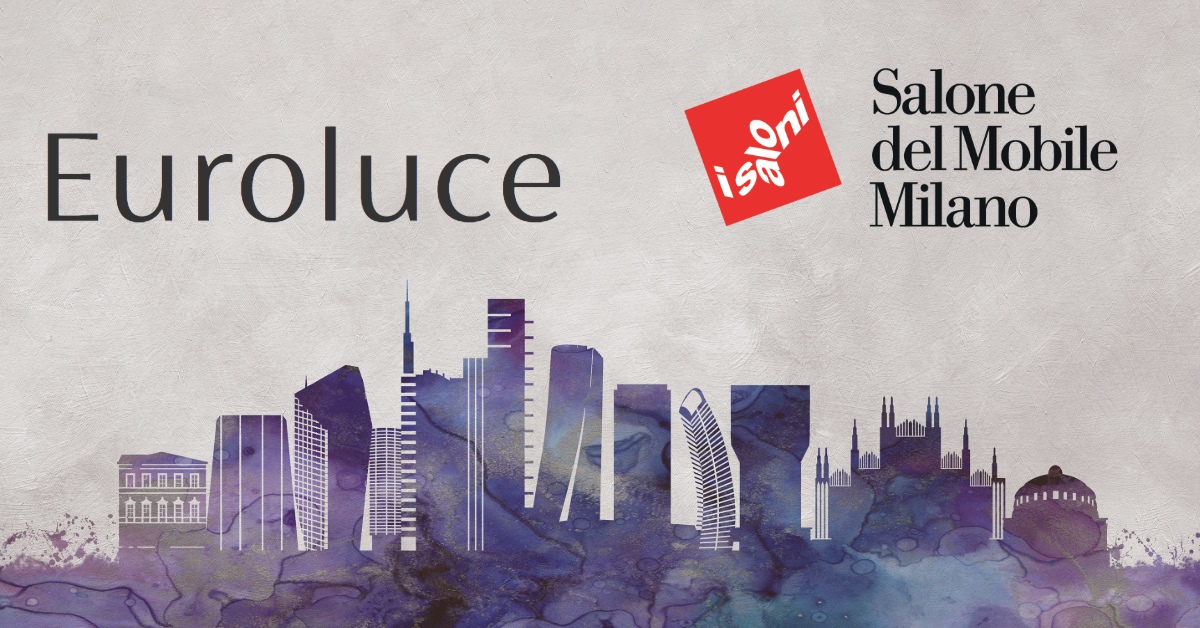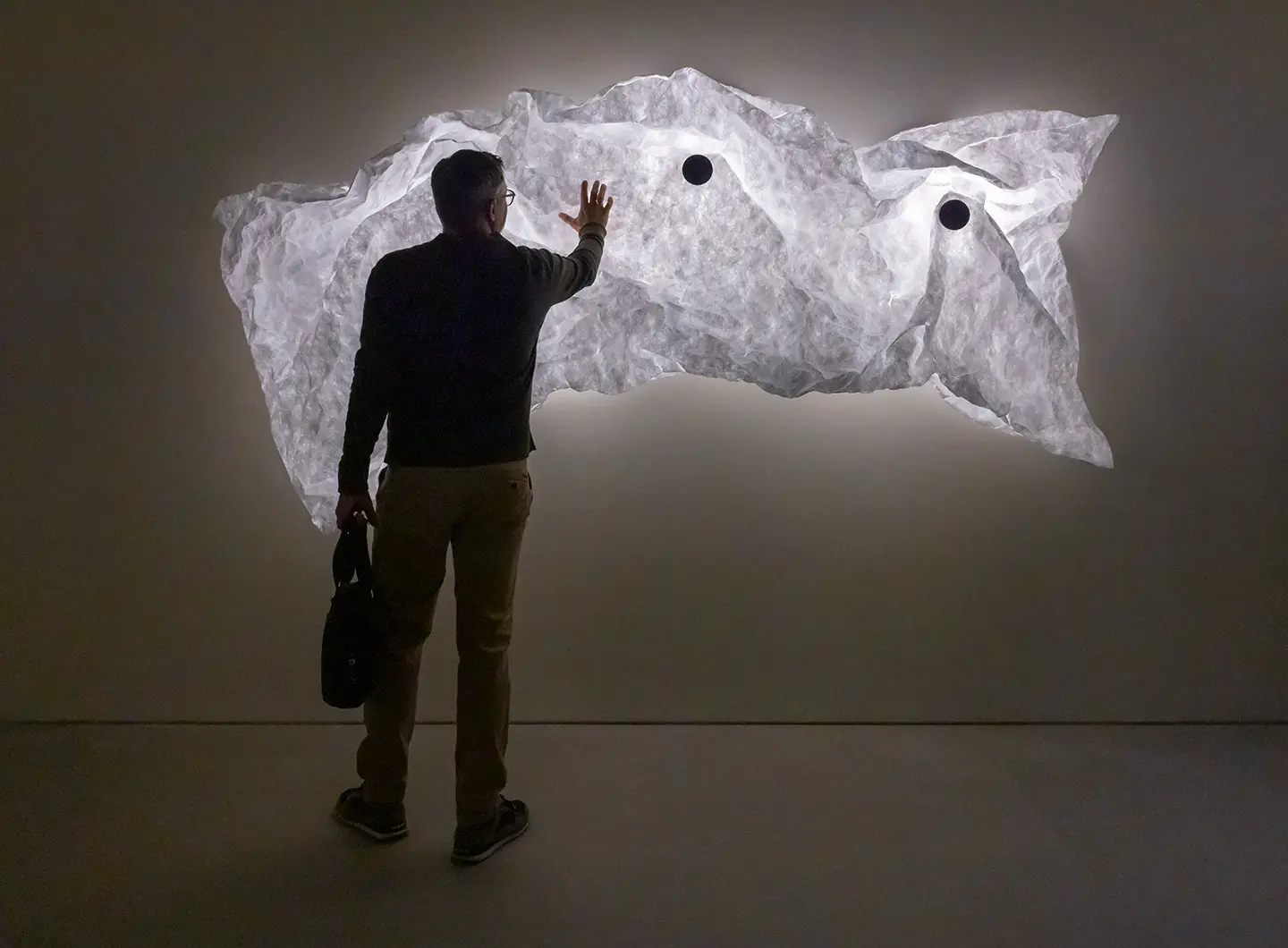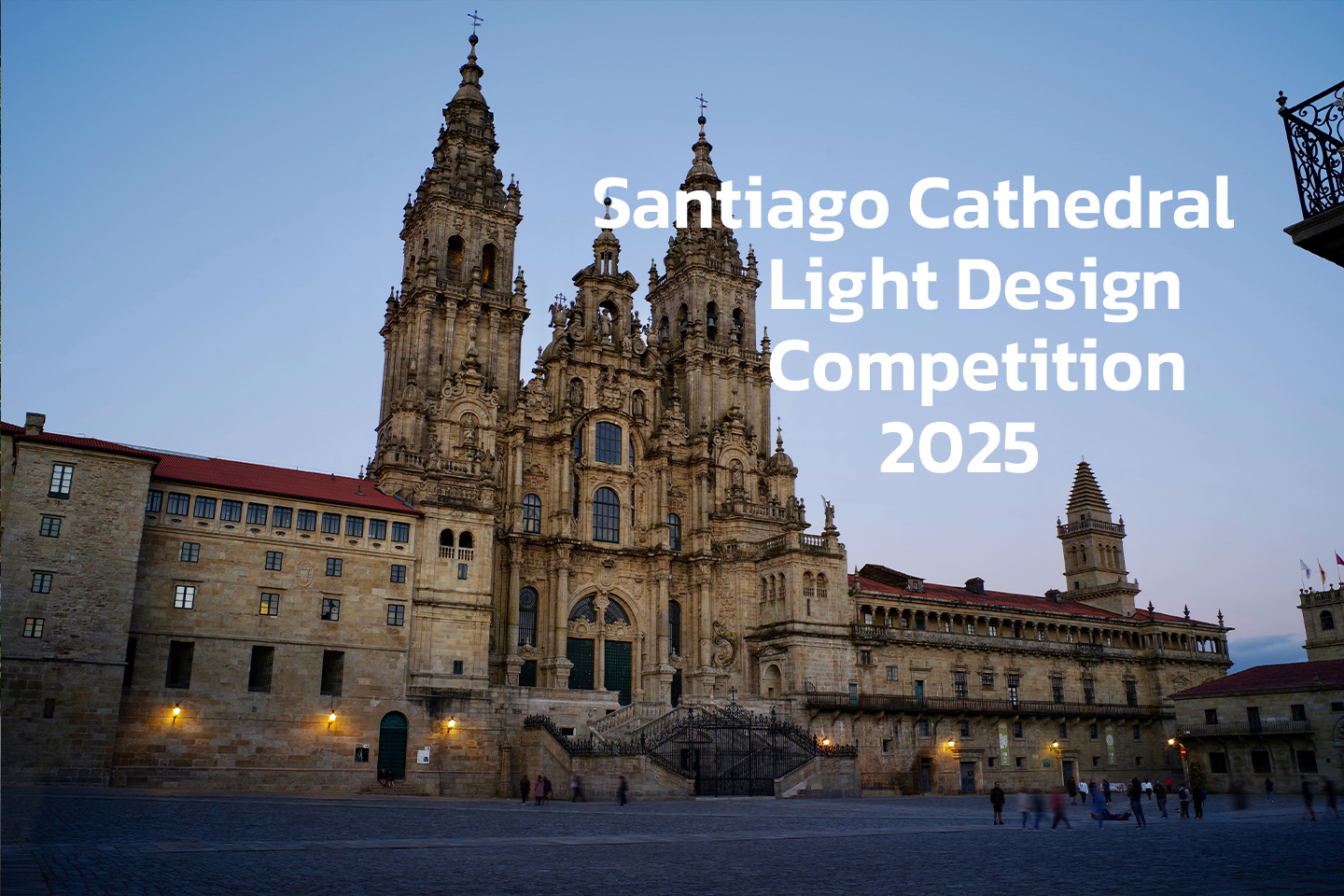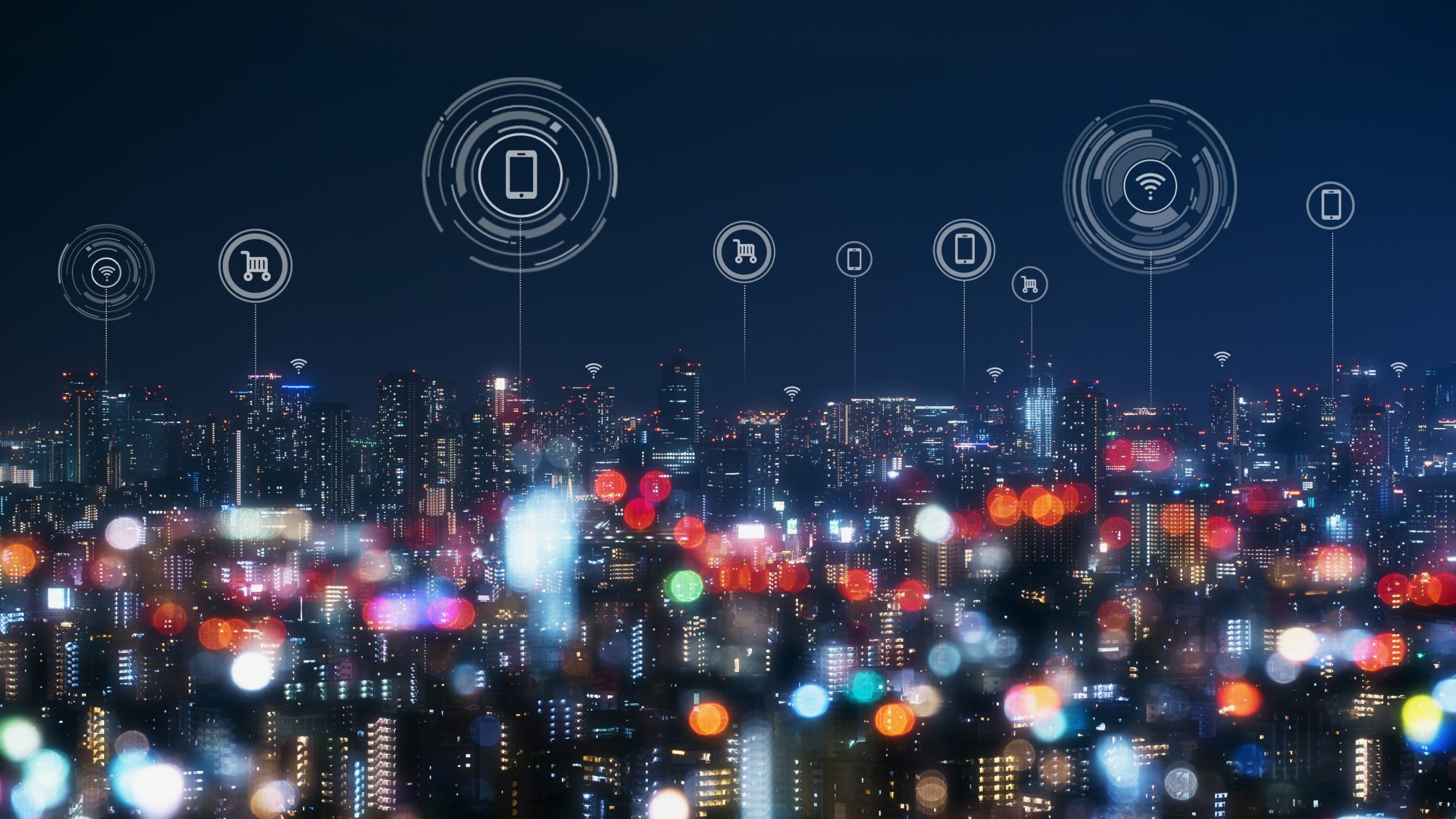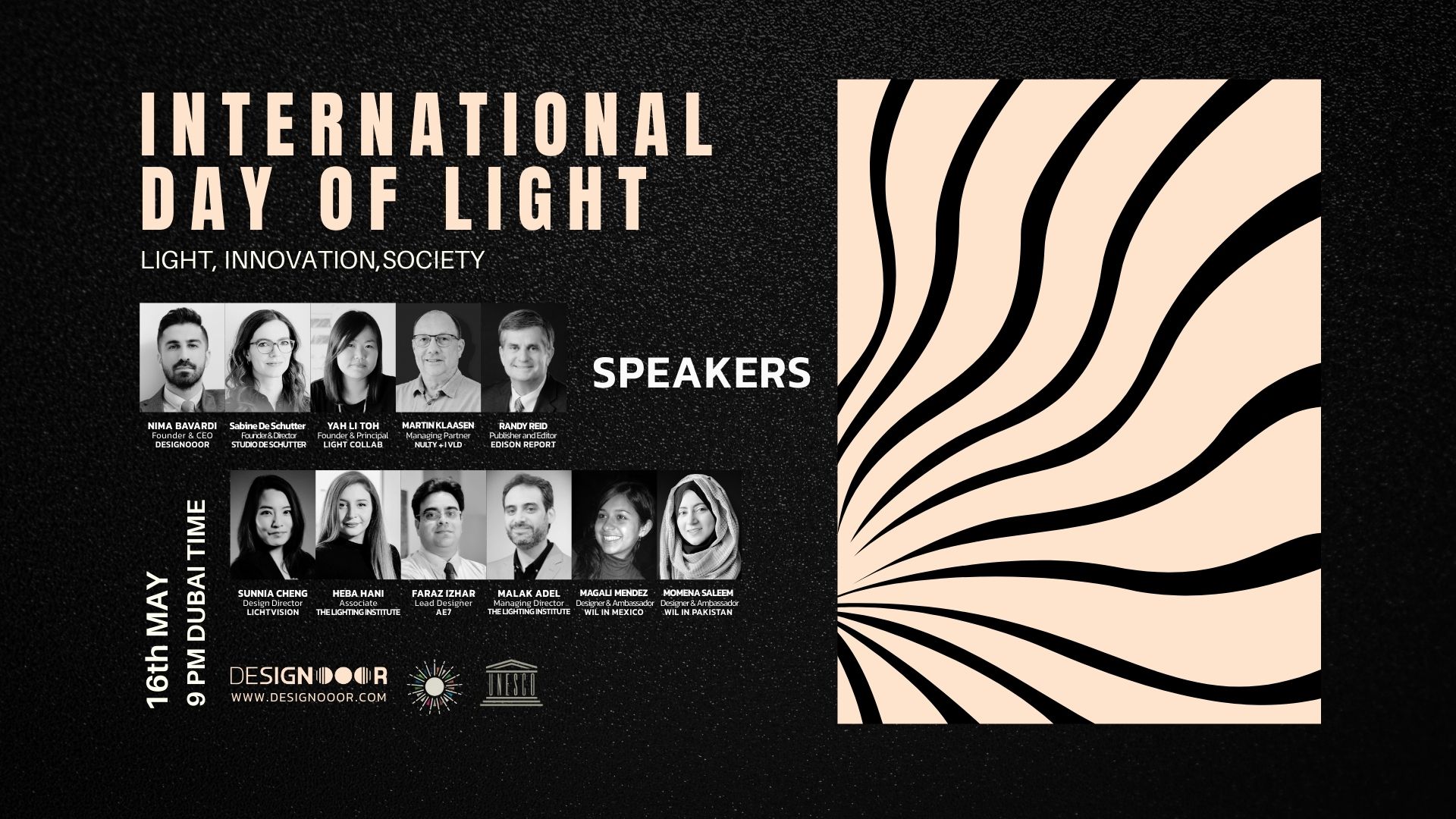Introduction
This April, Milan once again took center stage in the global design world as it hosted Euroluce 2025, the 29th edition of the International Lighting Exhibition, held as part of the Salone del Mobile.Milano. From April 8 to 13, the event transformed the Fiera Milano Rho into a living, breathing hub of innovation, bringing together designers, architects, lighting experts, and technology pioneers from across the globe.
Far more than a trade show, Euroluce 2025 was a platform for imagining the future where light becomes a medium for design, sustainability, and human experience. From groundbreaking product launches to immersive installations and high-level talks, this year’s edition offered a panoramic view of what lighting means in the 21st century.
A Brief History of Euroluce
Since its debut in 1976, Euroluce has evolved into one of the most prestigious events in the global lighting design calendar. Held biennially, the exhibition has consistently served as a launchpad for technological innovation, aesthetic exploration, and cross-disciplinary collaboration. In 2025, it reinforced its role not only as a showcase but as a cultural and intellectual hub for the future of light.
A New Landscape for Light
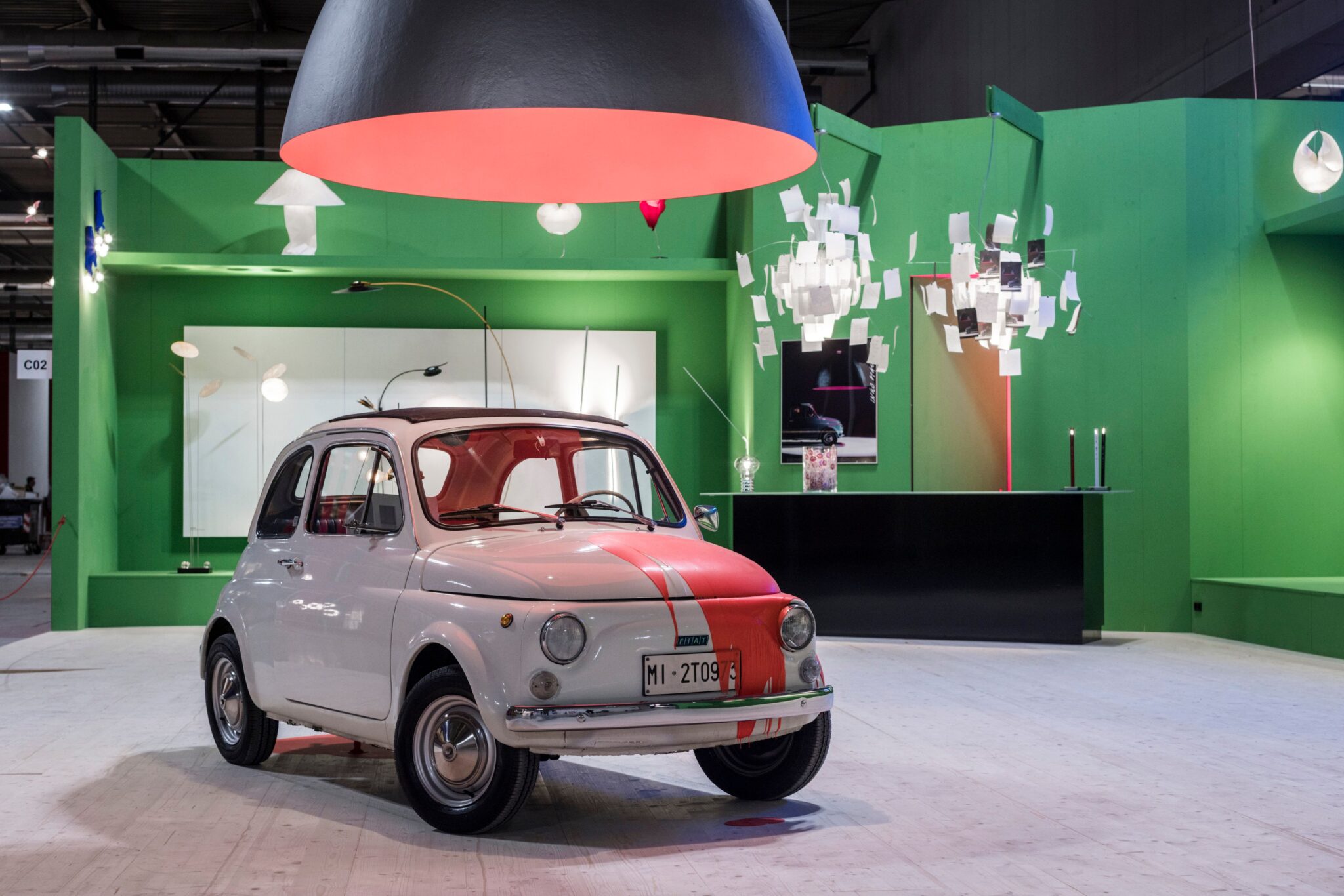
The spatial layout, designed around an open and walkable “ring,” reflected the theme of fluidity and connection. No longer confined to strict trade fair logic, the exhibition unfolded like an urban narrative where light guided visitors not only through design, but through emotion.
Over 300 exhibitors from around the globe presented cutting-edge innovations in both decorative and technical lighting. From ambient architecture to outdoor solutions and ultra-efficient smart systems, each booth was a laboratory of ideas. Brands like Artemide, Flos, Panzeri, and Ingo Maurer returned with visions rooted in sustainability, user-centered interaction, and emotional resonance.
Thematic Pulse: Light and Contemporary Living
Euroluce 2025 moved beyond aesthetics to focus on light as a living system. The emphasis was clear: light must serve human experience enhancing well-being, respecting the planet, and shaping how we live, work, and rest. The emotional quality of lighting its softness, movement, and rhythm was center stage.
Designers presented solutions tailored for multisensory spaces: lights that adjust with circadian rhythm, surfaces that absorb sound, sensors that tune brightness to user mood or weather conditions. Light is no longer just visible it’s felt.
A Platform for Dialogue: Interdisciplinary Encounters
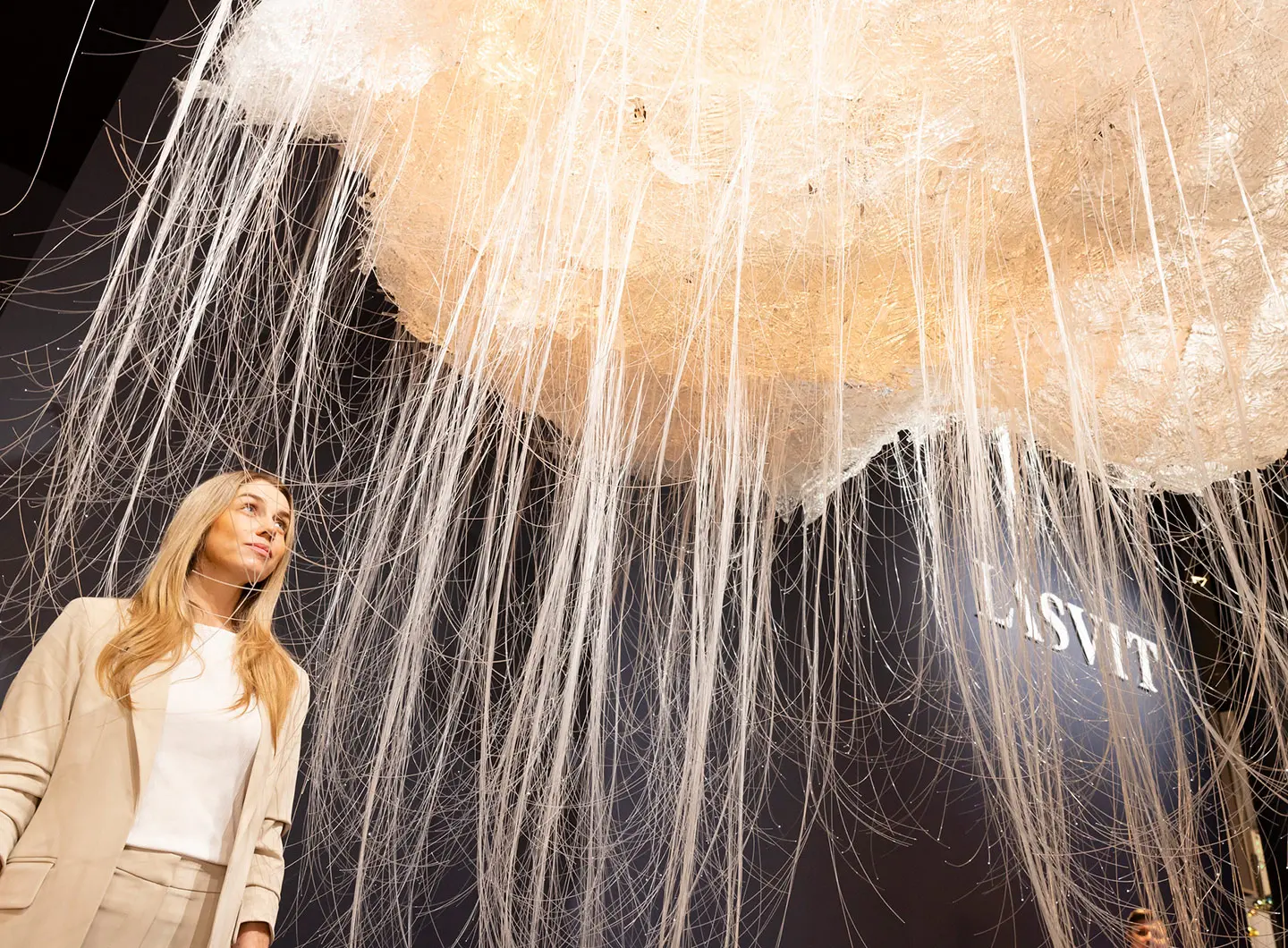
Photo © Diego Ravier
The fair hosted a rich program of talks, workshops, and experimental installations, where architects, engineers, artists, and philosophers explored how light intersects with technology, sustainability, and urbanism. Unlike typical conferences, these dialogues took place inside immersive, scenographic spaces blurring the line between product and poetry.
Highlights from the Show Floor

Photo © Diego Ravier
-
Luceplan introduced acoustic-integrated lighting structures for open offices.
-
Vibia debuted a modular system adaptable to both domestic and public spaces.
-
NEMO fused light and sculpture in collaboration with contemporary artists.
-
Startups showcased AI-powered lighting that reacts to voice, emotion, and behavior.
Each of these offerings hinted at a central question: How do we want to feel in the future we’re building?
A Human-Centered Future
Euroluce 2025 made one thing clear design is no longer about form alone. It is about presence, sustainability, and empathy. In a world facing ecological and social change, light becomes not a luxury, but a language. One that speaks of care, attention, and re-connection with nature.
Photo © Diego Ravier
Conclusion
Euroluce 2025 offered more than just product showcases; it was a mirror of our time, reflecting how light shapes both the physical and emotional landscapes we inhabit. With an emphasis on sustainability, emotion, and intelligence, the exhibition brought forth a vision of lighting as a living system one that responds, interacts, and evolves with us.
As the lines between architecture, nature, and technology continue to blur, events like Euroluce serve as crucial forums for rethinking how we design the world around us. This year’s edition illuminated one thing clearly: the future is bright, but also deeply thoughtful.

